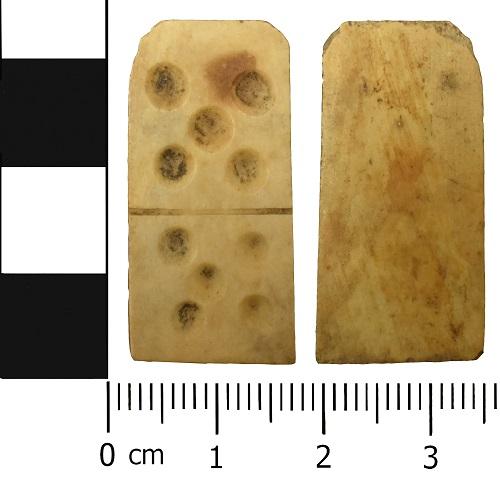Digging Up 'Little Hell'!

Looking back on 2018, this has been a fascinating and fun year at the Museum of Liverpool. One of my professional highlights of the year has been the excavation we undertook in July at Oakes Street (between London Road and Pembroke Place). As part of the Galkoff's and Secret Life of Pembroke Place project the Museum of Liverpool archaeology team worked with Liverpool School of Tropical Medicine to see what was hidden under their car park.
With the support of the Heritage Lottery Fund (HLF) we'd been able to undertake extensive map and desk-based research, which had told us that this was the site of some courtyard housing, but you never know what you'll actually find when you start digging! HLF support made the excavation possible and opened up the past to us.
Courtyard housing, or 'courts' as they were simply known, were a form of high density poor quality housing which grew up in Liverpool and other northern English towns and cities in the 18th and 19th centuries. Small homes were crammed in behind street front houses and shops, facing on to courtyards. In Liverpool courts were very common, becoming home to around half of the town's working class people by the mid 19th century. Courts were seen as 'slum' housing by the early 20th century and a thorough programme of 'slum clearance' moved people to better living conditions and demolished these rundown old houses. As a result there is only one standing example of a court remaining, on Pembroke Place three houses survive as the back rooms of shops, where originally 16 would have made up two courts. These houses have been investigated as part of the project.

The excavation provided an unique opportunity to look at the material remains of a court demolished in the 1930s, and the finds tells us about 19th and early 20th century life there. This is the first time Liverpool court housing has been excavated archaeologically and its very exciting to see what we can find out! We wanted to know how well built the buildings were, whether they'd been altered or repaired, and what the finds could tell us about people's quality of life there.
The court excavated was 'Missionary Buildings', built in the 1830s, and in an area which became known as 'Little Hell' because of its reputation for having a dark, criminal, underworld character! The houses soon revealed themselves as the machine excavator removed the upper layers of hardcore and concrete - the courts had survived and there was archaeology to investigate! The buildings themselves were found to have been of poor quality, brickwork not properly bonded together and crumbling. However, life in these courts might not have been as destitute as some described in the 19th century. Some finer objects were discovered, including a porcelain bowl - perhaps a cherished special object.

The everyday life of people in courts was revealed, some of their clothing including boots were found. There were examples of some of the things they did in their spare time, including playing dominoes. And there was evidence for some of the things they ate including oyster shells. One unusual find was a complete ceramic egg. We've learned that these were used with chickens to encourage them to lay and prevent them from pecking their eggs.

The excavation provided a rare insight into the world people called home in the 19th and early 20th century. Finds from the excavation are being carefully cleaned, catalogued and photographed. A few (including the domino) are on display in the Galkoff's and Secret Life of Pembroke Place exhibition in the People's Republic gallery in the Museum of Liverpool, and another selection will be going on display in spring in the History Detectives gallery. A new book on Liverpool court housing researched and written as part of this project will be published by Liverpool University Press in autumn 2019, with HLF support. It is available for pre-order.
